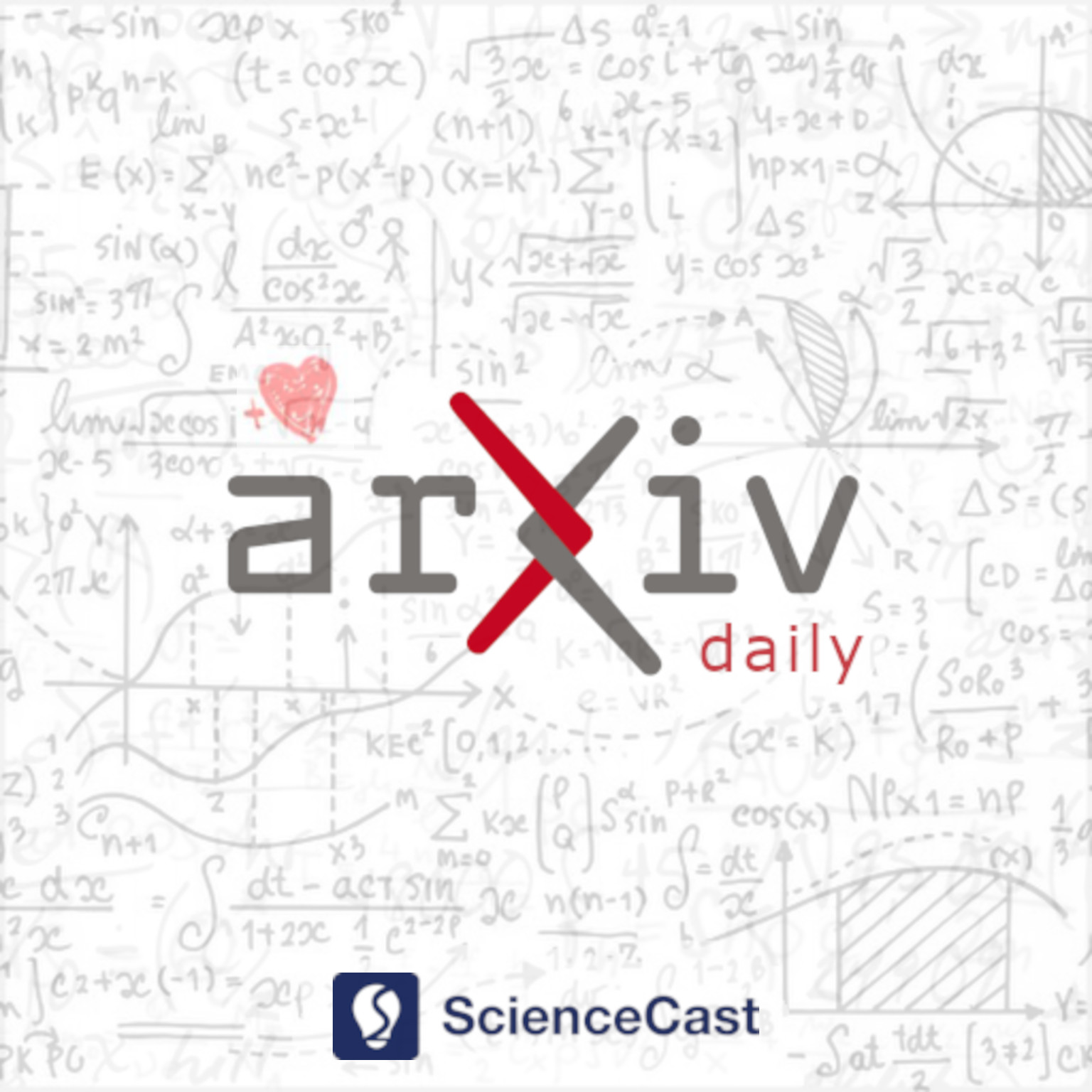
Plasma Physics (physics.plasm-ph)
Tue, 27 Jun 2023
1.On Nonlinear Scattering of Drift Wave by Toroidal Alfven Eigenmode in Tokamak Plasmas
Authors:Liu Chen, Zhiyong Qiu, Fulvio Zonca
Abstract: Using electron drift wave (eDW) as a paradigm model, we have investigated analytically direct wave-wave interactions between a test DW and ambient toroidal Alfv\'en eigenmodes (TAE) in toroidal plasmas, and their effects on the stability of the eDW. The nonlinear effects enter via scatterings to short-wavelength electron Landau damped kinetic Alfv\'en waves (KAWs). Specifically, it is found that scatterings to upper-sideband KAW lead to stimulated absorption of eDW. Scatterings to the lower-sideband KAW, on the contrary, lead to its spontaneous emission. As a consequence, for typical parameters and fluctuation intensity, nonlinear scatterings by TAE have negligible net effects on the eDW stability; in contrast to the ``reverse" process investigated in Ref. [Nuclear Fusion {\bf 62}, 094001 (2022)], where it is shown that nonlinear scattering by ambient eDW may lead to significant damping of TAE.
2.The Effect of Ultrastrong Magnetic Fields on Laser-Produced Gamma-Ray Flashes
Authors:Prokopis Hadjisolomou, Rashid Shaisultanov, Tae Moon Jeong, Petr Valenta, Sergey Vladimirovich Bulanov
Abstract: Laser produced $gamma$-photons can make an important impact on applied and fundamental physics that require high $gamma$-photon yield and strong collimation. We propose addition of a constant magnetic field to the laser-solid interaction to obtain the aforementioned desired $gamma$-photon properties. The $gamma$-ray flash spatial and spectral characteristics are obtained via quantum electrodynamics particle-in-cell simulations. When the constant magnetic field aligns with the laser magnetic field then the $gamma$-ray emission is significantly enhanced. Moreover, the $gamma$a-photon spatial distribution becomes collimated, approximately in the form of a disk.
3.Gyrokinetic theory of toroidal Alfvén eigenmode saturation via nonlinear wave-wave coupling
Authors:Zhiyong Qiu, Liu Chen, Fulvio Zonca
Abstract: Nonlinear wave-wave coupling constitutes an important route for the turbulence spectrum evolution in both space and laboratory plasmas. For example, in a reactor relevant fusion plasma, a rich spectrum of symmetry breaking shear Alfv\'en wave (SAW) instabilities are expected to be excited by energetic fusion alpha particles, and self-consistently determine the anomalous alpha particle transport rate by the saturated electromagnetic perturbations. In this work, we will show that the nonlinear gyrokinetic theory is a necessary and powerful tool in qualitatively and quantitatively investigating the nonlinear wave-wave coupling processes. More specifically, one needs to employ the gyrokinetic approach in order to account for the breaking of the ``pure Alfv\'enic state" in the short wavelength kinetic regime, due to the short wavelength structures associated with nonuniformity intrinsic to magnetically confined plasmas. Using well-known toroidal Alfv\'en eigenmode (TAE) as a paradigm case, three nonlinear wave-wave coupling channels expected to significantly influence the TAE nonlinear dynamics are investigated to demonstrate the strength and necessity of nonlinear gyrokinetic theory in predicting crucial processes in a future reactor burning plasma. These are: 1. the nonlinear excitation of meso-scale zonal field structures via modulational instability and TAE scattering into short-wavelength stable domain; 2. the TAE frequency cascading due to nonlinear ion induced scattering and the resulting saturated TAE spectrum; and 3. the cross-scale coupling of TAE with micro-scale ambient drift wave turbulence and its effect on TAE regulation and anomalous electron heating.